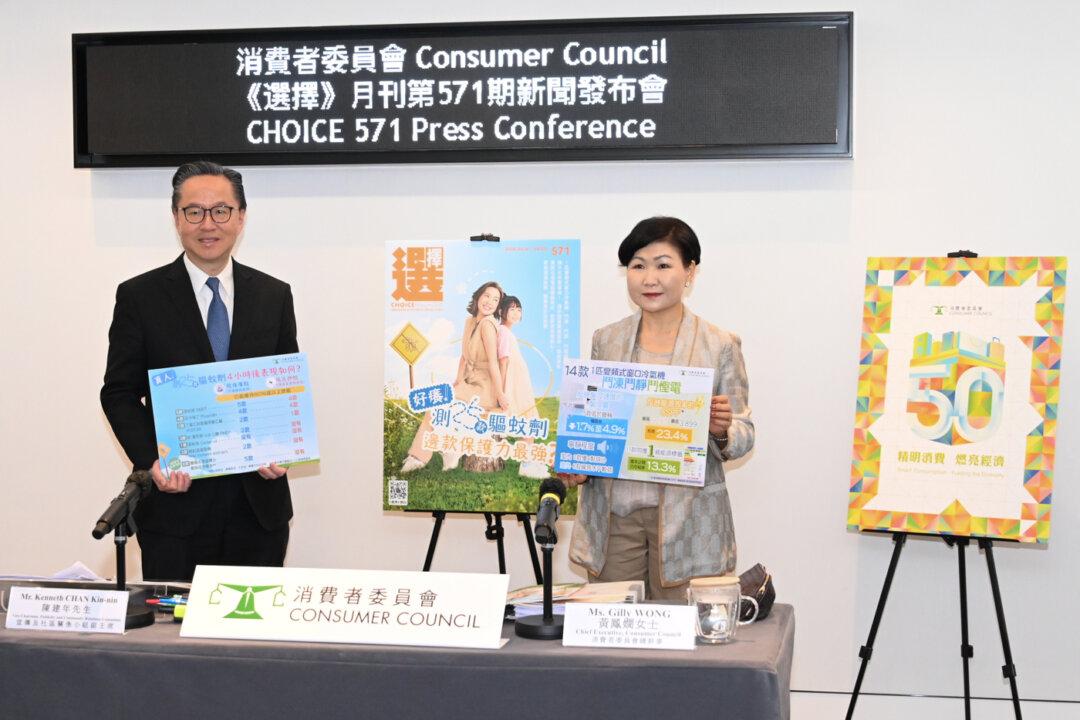The Hong Kong Consumer Council evaluated 14 models of “1 HP” net-cooling inverter window air conditioners on the market and found that the cooling capacity and energy efficiency levels marked on some samples tested were different from the test results. Among them, the cooling capacity of five models is lower than the claimed value, and the one model with the most deviation is nearly 5 percent below what is claimed. In addition, the energy efficiency of the samples tested varied. The energy efficiency figures among the 11 models that received the Grade 1 energy label varied by 13.3 percent.
The 14 “1-horsepower” net-cooling inverter window air-conditioner samples tested by the Consumer Council this time are priced between HK$3,669 (US$470) and HK$7,650 (US$980). The prices of some models include basic installation, while others charge installation fees ranging from HK$340 (US$44) to HK$560 (US$72)e. The two samples tied for the highest overall score of 4.5 are “CW-HU90AA” from Panasonic and “RC-HU90A” from Rasonic. Most of the other samples received a score of 4. As prices from different retailers can vary by hundreds or even thousands of dollars, the Consumer Council recommends that consumers should carefully compare all of the sales prices, after-sales services, and future maintenance offers before purchasing.




